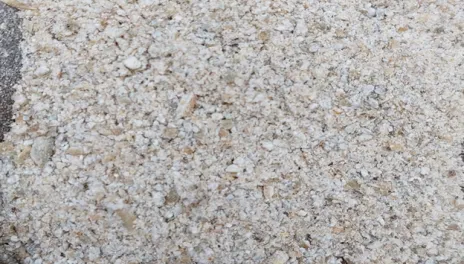Hybrid rye – a grain for backgrounding beef calves
You can mark 2022 as a year that Mother Nature let us swiftly harvest crops in the fall and not out of a snow bank in December. With the flush of harvest being done, many cattle producers are deciding whether to wean calves and sell off the cow, condition them for a month or so, or to put them on feed and sell feeders towards the end of the year. If you choose to put calves on feed, hybrid rye has the potential to be a concentrate source for the fall.
Historically, feeding rye has been limited due to the potential of ergot alkaloid ingestion. Ergotism can negatively affect ruminants, horses, swine, and humans. Alkaloids from the ergot sclerotia cause vasoconstriction which can lead to reduced blood flow to extremities, sloughing of hooves, tails and ears, frostbite, and abortion. Recently, hybrid rye germplasms have shown a decrease in incidence of ergot with increases to grain yield.
During the fall of 2021, we fed 200 head of beef steers for 56 days at the Carrington Research Extension Center. During the trial, we evaluated the inclusion of ground hybrid rye into the backgrounding ration in a comparison to rolled corn. During the trial, calves were fed a total mixed ration of 50% corn silage, 20% MDGS, 15% straw, 12% concentrate (corn, rye, or corn & rye), and 3% supplement and limestone. Our concentrate treatments were control (4 lbs corn : 0 lbs rye), RYE1 (2.5 lbs corn : 1.5 lbs rye), RYE2 (1.5 lbs corn : 2.5 lbs rye), and RYE3 (0lbs corn : 4 lbs rye).
We found that the use of rye did not influence steer weights throughout the study. During backgrounding, steers on the control, RYE1, RYE2, and RYE3 diets averaged 173 lbs, 175 lbs, 168 lbs, and 176 lbs, respectively. The RYE3 calves had the lowest average daily gain during the first month of the backgrounding period while having the largest intake, but they evened out by the end of the study.
We then continued the study into finishing and are currently analyzing that data. With similar results, we are set to begin a second study, feeding hybrid rye this fall. This year’s project will involve rolled and ground hybrid rye as the sole concentrate source in backgrounding rations. We are evaluating the processing levels of the rye and their comparison to rolled corn.
With North Dakota being one of the national leaders in rye production, the grain could be a viable option to feed calves during the fall especially during years when Mother Nature doesn’t agree with our harvesting plans.
Colin Tobin, Ph. D.
Colin.Tobin@ndsu.edu
Animal Scientist

